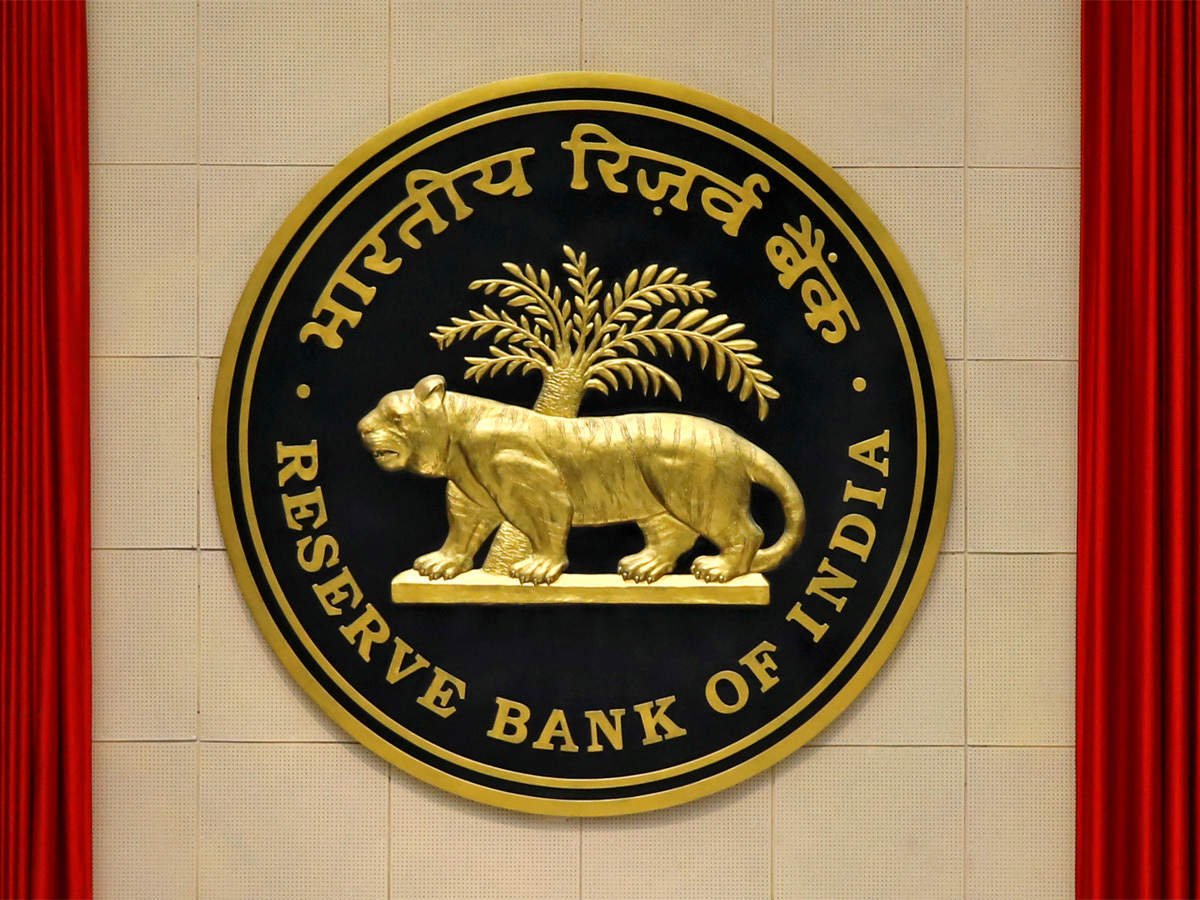Introduction
India is indeed a land of many cultures, traditions, and opportunities. Over the years, the country has seen many changes in all ways of life, especially with the dynamic role played by women in society. Unlike in the past, women are now coming out from their traditional roles and making great contributions in various fields, including running their own businesses.
Also read: Home, other loans to become cheaper as RBI under new Guv cuts rate after 5 years
Development and Evolution of Businesswomen in India
1) Early Beginnings
Women businesses in India were slow in their journey. Women were not supported much from joining professional careers or starting up an entrepreneurial activity in the traditional nature of society. Yet, in the rural areas of India, there were huge masses of women carrying out small activities like handicrafts, tailoring, and selling homemade products in order to feed and sustain their families. These were small-scale ventures but formed a foundation for the entrepreneurial spirit among women in India.
2) Rise of Education and Awareness
It was the mid-20th century that saw major change as women began entering education. Education not only gave them the boldness to step into the professional world but also opened new opportunities. Gradually, the potential of entrepreneurship started to rise as a way to acquire financial independence and personal growth. All of this was then further seen by the formation of cooperatives of women and self-help groups (SHGs), where women can come collectively and work for economic development.
3) Economic Reforms and Women Entrepreneurs
The liberalization of the Indian economy in 1991 formed the background of the business scenario. Most of the trade barriers were reduced, and it led to an open market scenario where new business opportunities popped up for many aspiring entrepreneurs and women. It marked the induction of women into sectors such as fashion, beauty, food, and technology, among others. Quite a few women started operating small-scale businesses from their homes by turning their skill set and creativity into a means of sustaining their livelihoods.
Also read: RBI raises collateral-free agricultural loan limit to Rs 2 lakh to aid farmers
4) New Generation of Women Entrepreneurship
Currently, women entrepreneurs are not only doing well in conventional industries. But also, they dominate businesses in the tech, finance, healthcare, and e-commerce sectors. Many have risen to be CEOs of the most prominent firms. Others have taken an idea to be developed from scratch into an actual business venture. For example, even television shows like Shark Tank India help new women entrepreneurs pitch their concepts to attract investors.
5) Financial Support
One of the most significant reasons for growth is financial support, Government schemes such as “Stand Up India,” “Mahila Udyam Nidhi Scheme,” and “Mudra Yojana” have recently initiated providing loans for female business owners and skill development programs to women entrepreneurs so that they can easily cross the initial barriers of establishing a business venture.
Challenges Faced by Women Entrepreneurs
Even though there has been a lot of progress, women entrepreneurs in India still face a lot of challenges. Some of these include:
1) Access to Funding: Even though there are several financial benefits from banks, NBFCs & government schemes, many find it challenging to secure MSME loan for women and investments due to lack of collateral and other reasons.
2) Lack of Mentorship: Success in business is highly supported by mentorship. However, women entrepreneurs struggle to find mentors who understand their unique issues in the business.
3) Networking & Market Changes: A strong network is instrumental in ensuring growth in business. Most female entrepreneurs lack professional networks in light of the high male presence. Additionally, many women-owned businesses, particularly those in rural or semi-urban areas, struggle to reach larger markets. The lack of digital presence, logistical constraints, and poor infrastructure restrict their ability to expand their customer base beyond local regions.
4) Societal Pressure: Traditional minds often discourage women from pursuing entrepreneurial careers. Balancing family responsibilities with business aspirations is a common struggle.
Also read: Will not sign any loan agreement with China: Oli
Conclusion
Today, women-owned businesses in India can be seen going from small-scale ventures to companies that are being led globally. The future indeed looks bright because the support given by the government, private sectors, and society at large is increasing day by day. It will continue to reshape India’s economic and social landscape as women step into this world of entrepreneurship, with success knowing no gender. Not only is this a story of business growth, but it also represents a tale of empowerment and change.
Additionally, NBFCs provide financial support with flexible terms and faster approvals to women entrepreneurs so that they can run their businesses without any issues, NBFCs support almost all possibilities, including term loans, equipment financing, etc to meet business needs. They often have simpler eligibility criteria and are more accessible for small and medium-sized businesses. Some NBFCs also provide free digital workshops to MSME business owners, where they discuss several topics that are useful to business owners.












